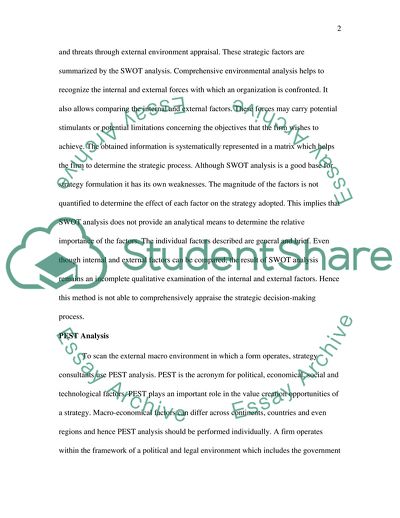Cite this document
(The Most Commonly Used Evaluation Methods Case Study, n.d.)
The Most Commonly Used Evaluation Methods Case Study. Retrieved from https://studentshare.org/systems-science/1708381-evaluation-methods
The Most Commonly Used Evaluation Methods Case Study. Retrieved from https://studentshare.org/systems-science/1708381-evaluation-methods
(The Most Commonly Used Evaluation Methods Case Study)
The Most Commonly Used Evaluation Methods Case Study. https://studentshare.org/systems-science/1708381-evaluation-methods.
The Most Commonly Used Evaluation Methods Case Study. https://studentshare.org/systems-science/1708381-evaluation-methods.
“The Most Commonly Used Evaluation Methods Case Study”. https://studentshare.org/systems-science/1708381-evaluation-methods.


